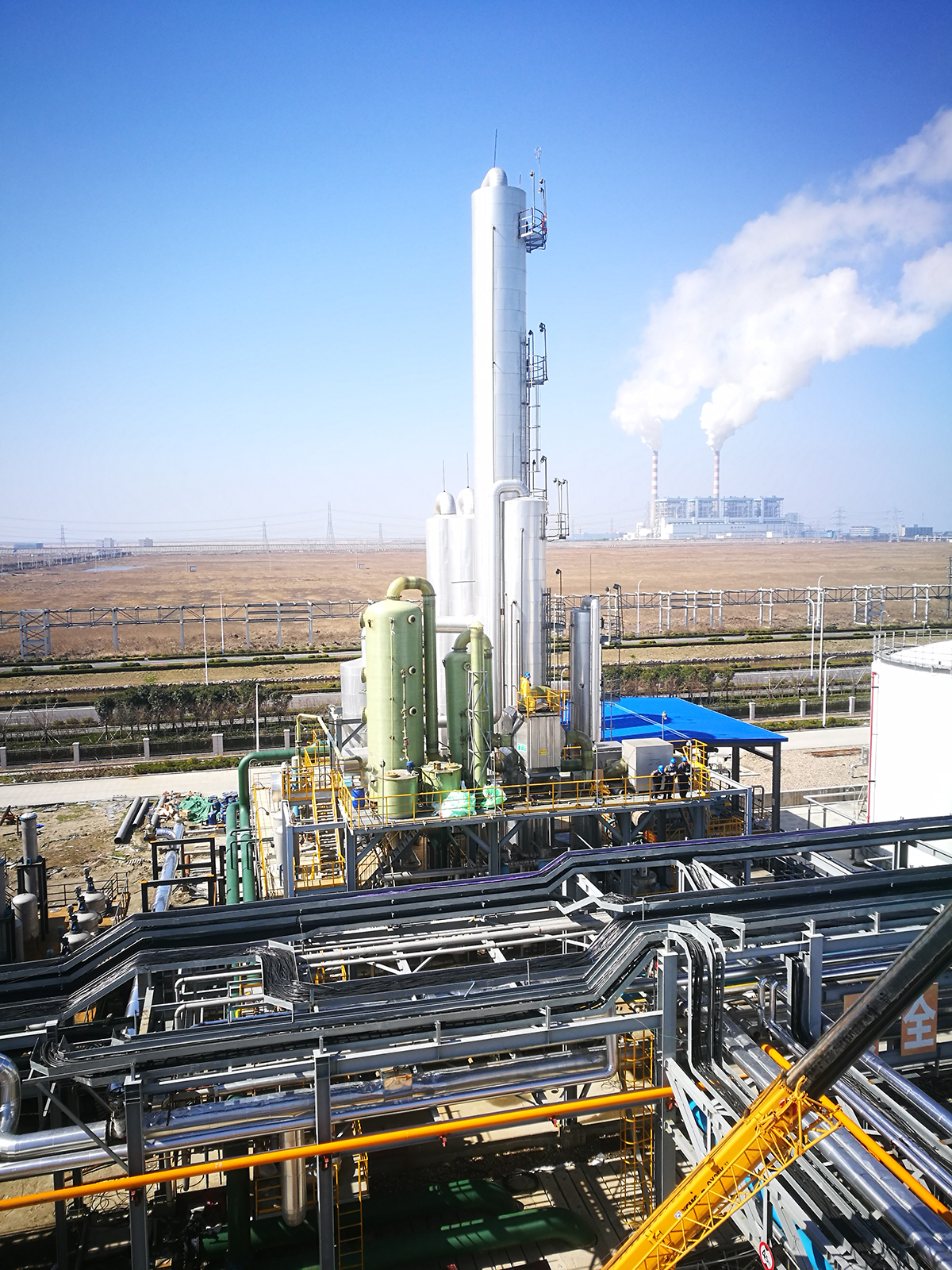DMF Recovery Market Research
1. Overview of DMF
• Chemical name: N, n-dimethylformamide
• Chemical formula: C₃H₇NO
• Characteristics: Colorless transparent liquid, ammonia flavor, soluble in water and organic solvents, widely used in chemical, pharmaceutical, electronics and other industries.
2. DMF application field
• Chemical: used as solvent for polyurethane, acrylonitrile fiber production.
• Medicine: Used for drug synthesis and intermediate preparation.
• Electronics: For electronic component cleaning and photoresist solvents.
• Other: Used in dyes, coatings, adhesives, etc.
3. Necessity of DMF recovery
• Environmental requirements: DMF is harmful to the environment and human body, and emissions need to be strictly controlled.
• Economic benefits: Recovery DMF can reduce production costs and reduce resource waste.
• Regulatory pressure: Environmental regulations in various countries are becoming stricter, and enterprises need to comply with DMF waste.
4. DMF recovery technology
• Distillation method: Separation of DMF by distillation, suitable for high concentration of waste liquid.
• Adsorption method: Recovery of low concentration DMF with adsorbent.
Membrane separation method: Separation of DMF through membrane technology, suitable for low concentration of waste liquid.
• Chemical method: DMF is recovered by chemical reaction, suitable for specific waste liquid.
5. Current market situation
• Market size: The global DMF recovery market is growing steadily and is expected to maintain a high growth rate in the coming years.
• Key regions: Strong demand in Asia Pacific (especially China and India), mature markets in North America and Europe.
• Major companies: including BASF, Dow Chemical, Mitsubishi Chemical, etc.
6. Market drivers
Environmental regulations: Strict environmental policies drive demand for DMF recovery.
• Technological advances: New recovery technologies increase efficiency and reduce costs.
• Industry demand: Increasing demand for DMF in chemical, pharmaceutical, electronics and other industries.
7. Market challenges
• High cost: large investment in recovery equipment and technology.
• Technical bottleneck: low concentration DMF recovery technology is not mature.
• Market competition: The market competition is fierce, enterprises need to improve technology and services.
8. Future trends
Technological innovation: New recovery technologies will increase efficiency and reduce costs.
Policy support: Government policies will continue to drive the DMF recovery market.
Market demand: With increasing environmental awareness, the demand for DMF recovery will continue to grow.
9. Conclusion
The DMF recovery market is promising, driven by environmental regulations and technological advancements. Enterprises need to improve technology and services to cope with market competition and challenges.
10. Suggestions
• Increase research and development: Invest in new technologies to improve recovery efficiency and reduce costs.
• Policy utilization: Make full use of government policy support to enhance competitiveness.
• Market expansion: Focus on emerging markets and expand market share.
Post time: Apr-21-2025

